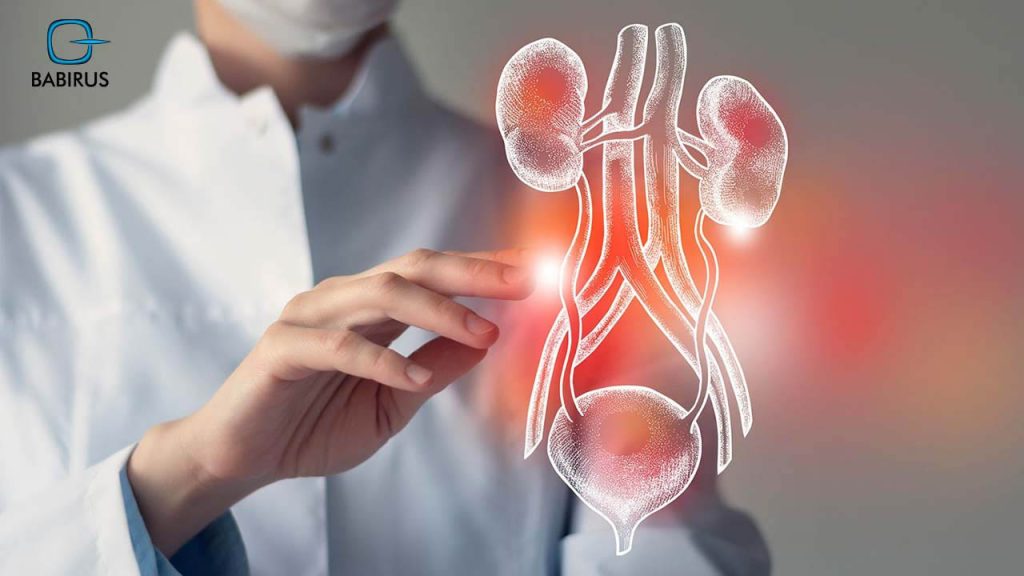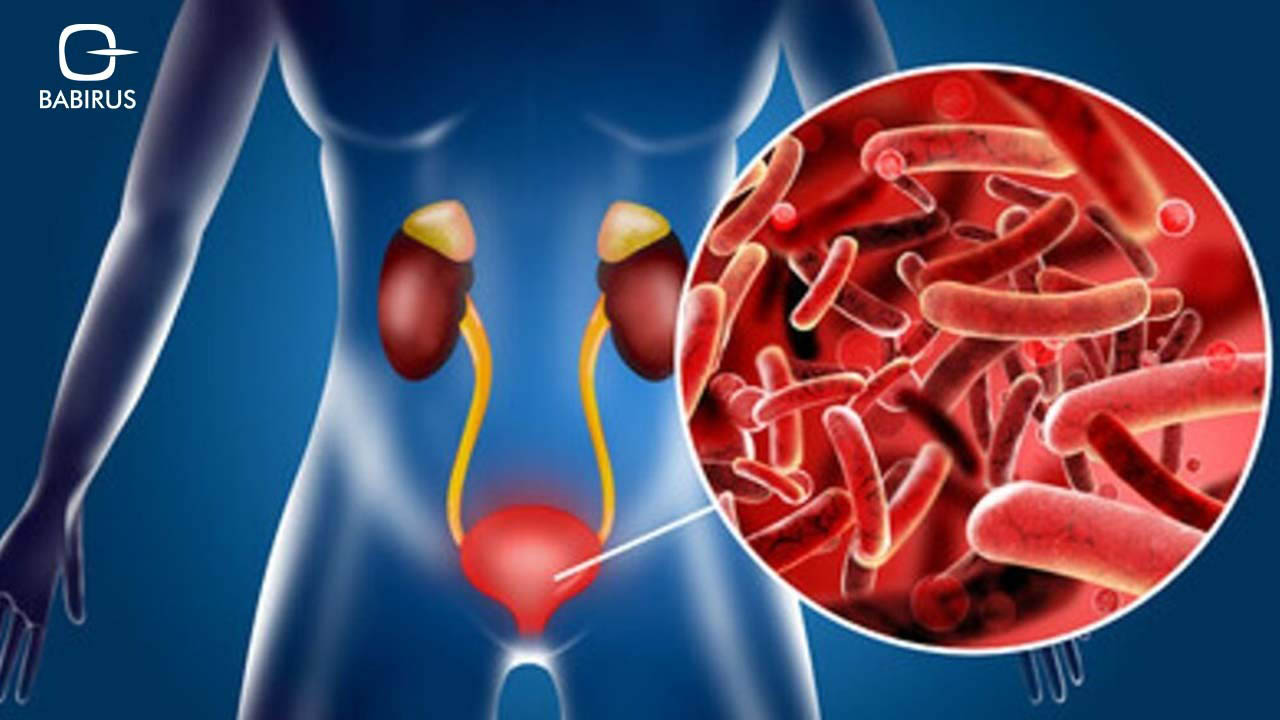Urinary Tract Infection (UTI): Diagnosis and Treatment

Urinary tract infections (UTIs) are common bacterial infections that can affect any part of the urinary system, however, they are not considered serious or dangerous infections, and urinary tract infection treatment is available and efficient.
Moreover, urinary tract infection treatment often involves antibiotics and other supportive measures to ease symptoms and prevent further complications.
Continue with us and read reliable information about urinary tract infection treatment, tests, and popular FAQs.
5 Effective Treatment Options for UTIs
The urinary tract infection treatment is easy and available, however, it should go through a professional healthcare provider to guarantee efficiency and complete healing.
Although in some cases UTI treatment at home is possible, yet, follow-up with your family doctor and taking these effective treatments will be required in most cases:
1. Antibiotics: The Cornerstone of UTI Treatment
Urinary tract infection antibiotics are more than common, moreover, the choice of antibiotic relies on factors such as the type of bacteria causing the infection, the patient’s medical history, and any known drug allergies.
Commonly prescribed antibiotics for UTIs include trimethoprim-sulfamethoxazole, nitrofurantoin, ciprofloxacin, and fosfomycin.
2. Managing Pain and Discomfort
Patients with UTIs often experience discomfort or pain during urination, and taking over-the-counter pain relievers such as ibuprofen or acetaminophen may be recommended to lighten these symptoms.
3.Hydration: A Key Component of UTI Treatment
Healthcare providers encourage their patients to intake more fluid as it can help flush out bacteria from the urinary system and prevent dehydration, and usually, water is the best choice, although other fluids like unsweetened cranberry juice may also be beneficial.
4. Preventing UTIs: Tips for Avoiding Recurrence
In addition to treating the current infection, healthcare providers may discuss defensive strategies with patients to lower the risk of recurrent UTIs.
These strategies may include proper hygiene practices, avoiding irritants like perfumed soaps in the genital area, and urinating after sexual intercourse.
5. Ensuring Successful UTI Treatment
Follow-up appointments are usually scheduled to monitor the patient’s response to treatment and ensure that the infection has been effectively cleared, as in some cases extra testing or evaluation may be necessary.
4 Addressing Common Concerns about UTI Treatmen
Find reliable answers to these popular FAQs from our professionals:
1. What Is the Best Antibiotic for Urinary Tract Infection?
In general, the most commonly prescribed antibiotics for UTIs include:
- Trimethoprim/sulfamethoxazole (Bactrim, Septra):This antibiotic is often used as a first-line treatment for uncomplicated UTIs.
- Nitrofurantoin (Macrodantin, Macrobid):Nitrofurantoin is another common antibiotic used to treat UTIs, particularly those caused by E. coli.
- Ciprofloxacin (Cipro):Ciprofloxacin is a fluoroquinolone antibiotic that is often prescribed for complicated or recurrent UTIs.
2. What Is the Fastest Way to Get Rid of an Urinary Tract Infection?
The fastest way to get rid of a UTI includes a combination of medical treatment (Antibiotics…) and self-care measures (Hydration, Cranberry Juice or Supplements, Avoiding Irritants, Urinate frequently, …).
However, it is vital to note that while these methods may provide relief from symptoms, still it is essential to consult a healthcare professional for an accurate diagnosis and appropriate treatment plan.
3. What Is the Best Drink for Urine Infection?
In addition to water, some other beneficial drinks for urine infections include:
- Cranberry Juice:Cranberry juice contains compounds that may prevent bacteria from adhering to the walls of the urinary tract, potentially reducing the risk of infection.
- Herbal Teas:Certain herbal teas, such as chamomile or ginger tea, may have mild diuretic properties and can contribute to overall hydration.
- Barley Water:Barley water is known for its potential to soothe the urinary tract and promote urination, which can help in flushing out bacteria.
4. What Foods Should You Avoid With a UTI?
Here are some foods and drinks that are generally recommended to be avoided when suffering from a UTI:
- Caffeine.
- Alcohol.
- Spicy Foods.
- Citrus Fruits and Juices.
- Artificial Sweeteners.
- Carbonated Beverages.
- High-Sugar Foods.
- Processed Foods.
- Dairy Products.
- Heavy or Fatty Meals.
Understanding UTI Diagnosis and Testing
Diagnosing a urinary tract infection (UTI) typically involves a combination of patient history, physical examination, and urinary tract infection test, here are the main methods used for diagnosing UTIs:
· Assessing Symptoms and Conducting Examinations
The healthcare provider will first take a detailed patient history to understand the symptoms experienced by the individual, as the symptoms of a UTI may include frequent urination, pain or burning during urination, cloudy or strong-smelling urine, and pelvic pain.
Additionally, a physical examination may be conducted to check for signs of infection such as tenderness in the abdomen or back.
· Analyzing Urine Samples for UTI Diagnosis
Urinalysis is one of the most common tests used to diagnose a UTI, the test is conducted by analyzing a urine sample for the presence of white blood cells, red blood cells, and bacteria.
It also assesses the appearance and chemical composition of the urine, if high levels of white blood cells or bacteria are found in the urine, it may indicate a UTI.
· Identifying Bacterial Infections with Cultures
In cases where the results of urinalysis are inconclusive or if recurrent UTIs are a concern, a urine culture may be performed.
This procedure involves growing bacteria from a urine sample in a laboratory setting to identify the exact type of bacteria causing the infection, and it also helps determine which antibiotics would be most effective in treating the infection.
· Advanced Imaging Techniques for UTI Assessment
In some instances, imaging studies such as ultrasound, CT scan, or MRI may be recommended to assess the urinary tract for any structural abnormalities or blockages that could contribute to UTIs.
· Visualizing the Urinary Tract with Cystoscopy
Cystoscopy is an invasive procedure that involves using a thin, flexible tube with a camera (cystoscope) to visually examine the inside of the urethra and bladder.
This test type could be recommended if recurrent UTIs are suspected to be associated with anatomical issues in the urinary tract.
The Gold Standard: Diagnostic Test for UTIs
The most reliable diagnostic test for UTI is a urine culture, moreover, a urine culture is considered the gold standard for diagnosing UTIs.
During this test, a small sample of urine is collected and placed in a special medium that encourages the growth of bacteria, to be observed over some time to identify any bacterial growth.
Moreover, once the bacteria have grown, they can be identified and tested against various antibiotics to determine the most effective treatment.
2 Benefits of Urine Culture for Accurate Diagnosis
- Urine culture is highly accurate in identifying the specific bacteria causing the UTI.
- This is crucial for determining the most effective antibiotic treatment, as different bacteria may respond differently to various antibiotics.
Conclusion
Timely diagnosis and appropriate urinary tract infection treatment are crucial in managing these infections with proper medical intervention and preventive measures, individuals can effectively address UTIs and reduce their risk of recurrence.
Keep in mind that besides urine culture tests, Babirus Medical Equipment is offering molecular diagnostics IVD testing for the diagnosis of UTI, the one-step Real-Time PCR (qPCR) test.

